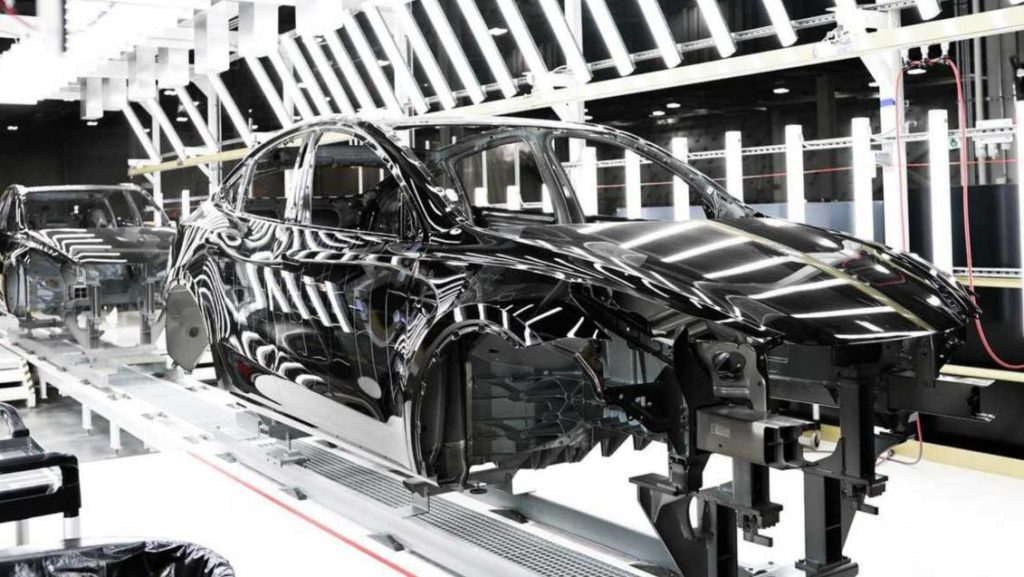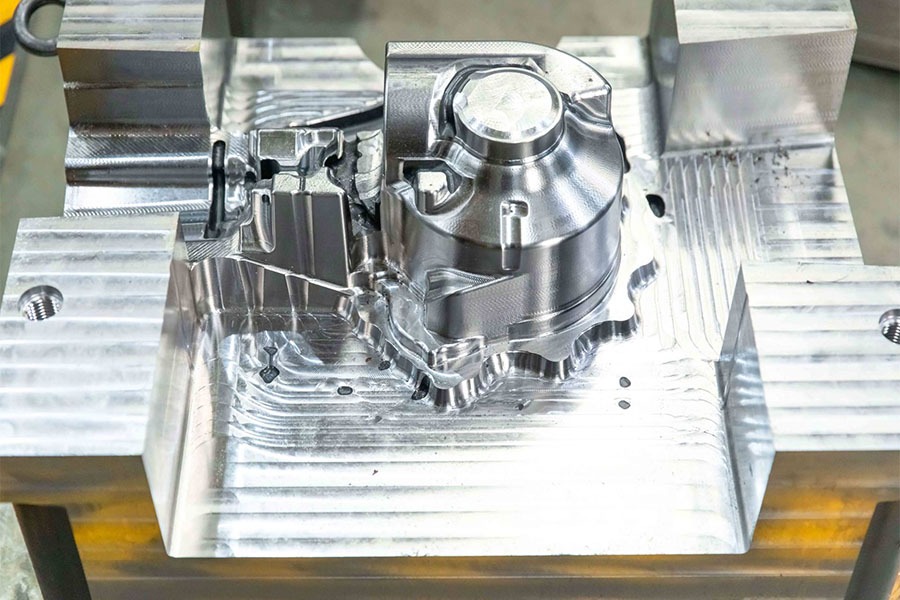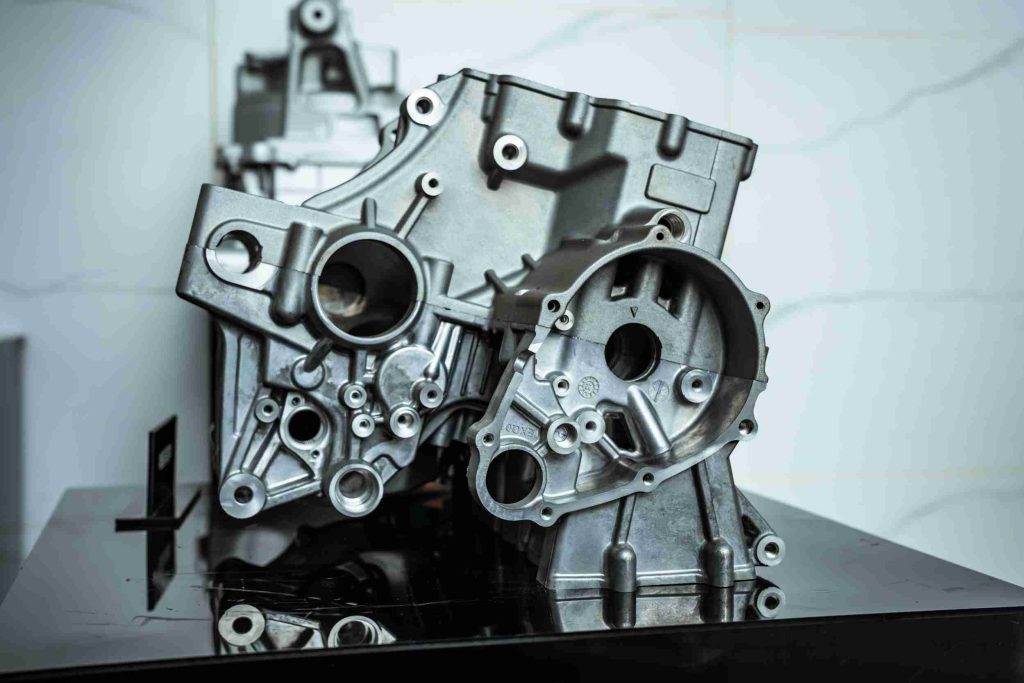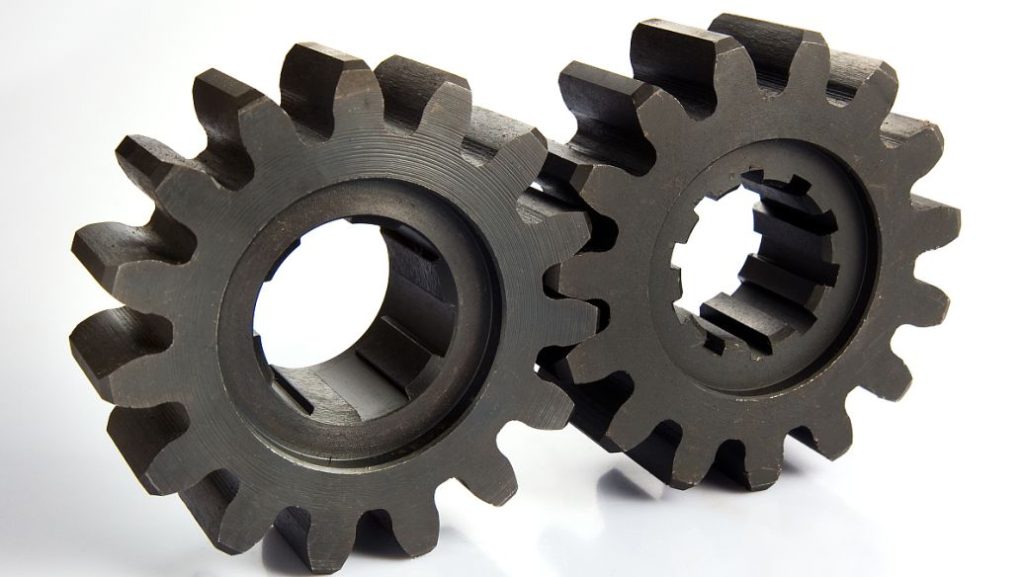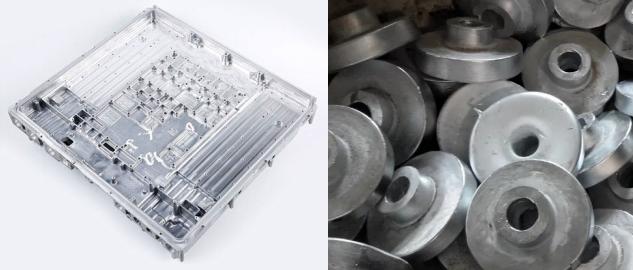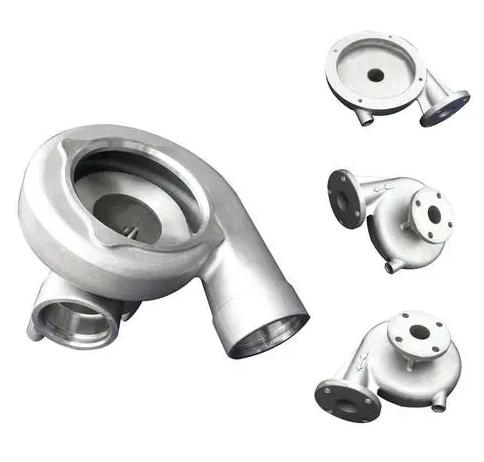Casting is a foundational process in manufacturing, enabling the creation of complex shapes and high-quality components from molten metals. Two widely used casting methods—low pressure casting and gravity casting—play significant roles across industries like automotive, aerospace, and consumer goods.
According to the 2024 Global Foundry Association Report, these two processes collectively account for 67% of the global aluminum alloy casting market, with the automotive industry driving 52% of demand. As electric vehicles prioritize lightweighting—exemplified by the Tesla Model Y’s 18% reduction in chassis component weight—process selection directly impacts product competitiveness. This article delves into the complexity of each method, providing a comprehensive comparison to help you determine the best fit for your specific needs.
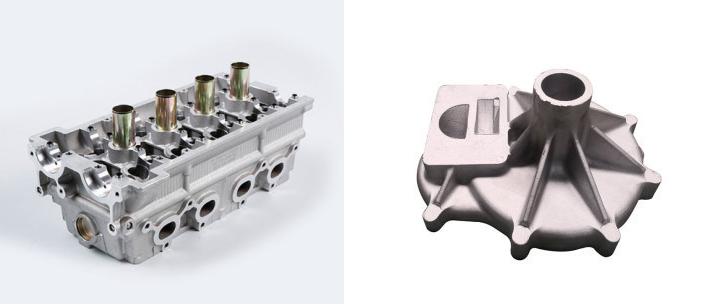
What is Low Pressure Casting and Gravity Casting?
Low Pressure Casting(LPC)
Low pressure casting is a type of casting relative to high pressure casting. Low pressure casting is a technique where molten metal is injected into a mold using controlled low pressure. This process relies on precise gas pressure control. Compressed air at 0.02–0.06 MPa forces molten metal (e.g., A356 aluminum alloy) from a sealed furnace into a mold. A 10–30-second pressure-holding phase ensures crystallization under pressure, achieving 98.5% material density.
Key Features:
- Precision: The controlled pressure ensures a steady and smooth flow of molten metal, minimizing turbulence and defects.
- Reduced Porosity: The process results in dense, high-quality castings with fewer imperfections.
- Versatility: Suitable for intricate designs and thin-walled components.
Applications:
Low pressure casting is widely used in the production of automotive parts like wheels, engine blocks, and suspension components, as well as in aerospace and other high-performance industries requiring complex, high-strength parts. For example, Rheinmetall AG employs LPC to produce turbocharger housings with wall thicknesses of 2.5±0.3 mm and industry-leading airtightness (0.05 mbar·L/s).
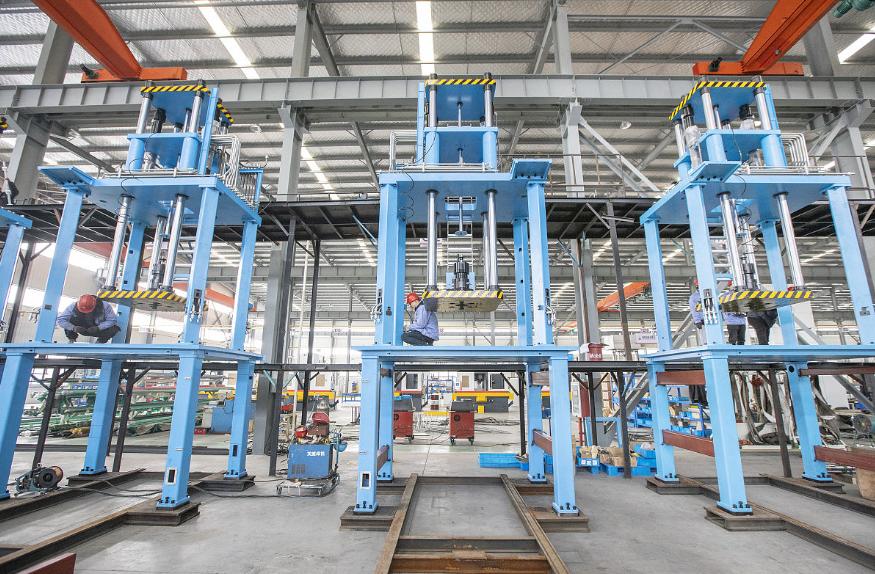
Gravity Casting(GC)
Gravity casting, also known as permanent mold casting, relies on gravity to guide molten metal into the mold. In this process, the metal is poured into a preheated mold without the aid of external forces, requiring strict mold temperature control (200–300°C).
Key Features:
- Simplicity: The lack of complex machinery makes gravity casting straightforward and cost-effective.
- Durability: Permanent molds can be reused multiple times, reducing production costs.
- Material Compatibility: Works well with metals like aluminum, zinc, and magnesium.
Applications:
Gravity casting is commonly used for producing mechanical parts, decorative items, and products requiring durability and structural integrity, such as lighting fixtures and furniture components.
While low pressure casting focuses on precision and quality, gravity casting emphasizes simplicity and cost-efficiency. Understanding these processes is the first step in making an informed choice for your project.
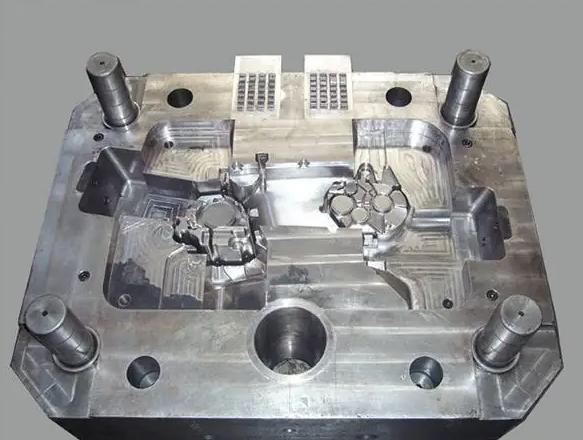
Key Differences Between Low Pressure Casting and Gravity Casting
The core distinction between these methods lies in how the molten metal is introduced into the mold. Gravity casting relies solely on gravity, while low-pressure casting uses pressurized gas. This fundamental difference gives rise to a range of variations in part quality, production economics, and suitable applications.
Process Parameter Comparison
| Metric | Low-Pressure Casting | Gravity Casting |
| Filling Speed | 0.5–2 m/s | 0.1–0.5 m/s |
| Solidification Shrinkage | 3.8–4.2% | 5.5–6.5% |
| Surface Roughness | Ra 3.2–6.3 μm | Ra 6.3–12.5 μm |
| Dimensional Tolerance | CT6–7 | CT8–9 |
Cost Considerations
Low Pressure Casting: Requires advanced equipment, including sealed furnaces and pressure systems, leading to higher initial setup costs. However, the reduced need for post-casting machining can offset these costs in high-volume production.
Gravity Casting: Involves lower setup costs due to its reliance on reusable molds and simpler machinery, making it a more economical option for small-scale or budget-conscious projects.
For annual production of 100,000 units, LPC requires ~$480,000 in equipment but achieves 88% metal utilization—15% higher than GC. Toyota’s analysis reveals LPC reduces per-unit costs by 22% for thin-walled parts (≤4 mm), but loses its advantage beyond 8 mm wall thickness.
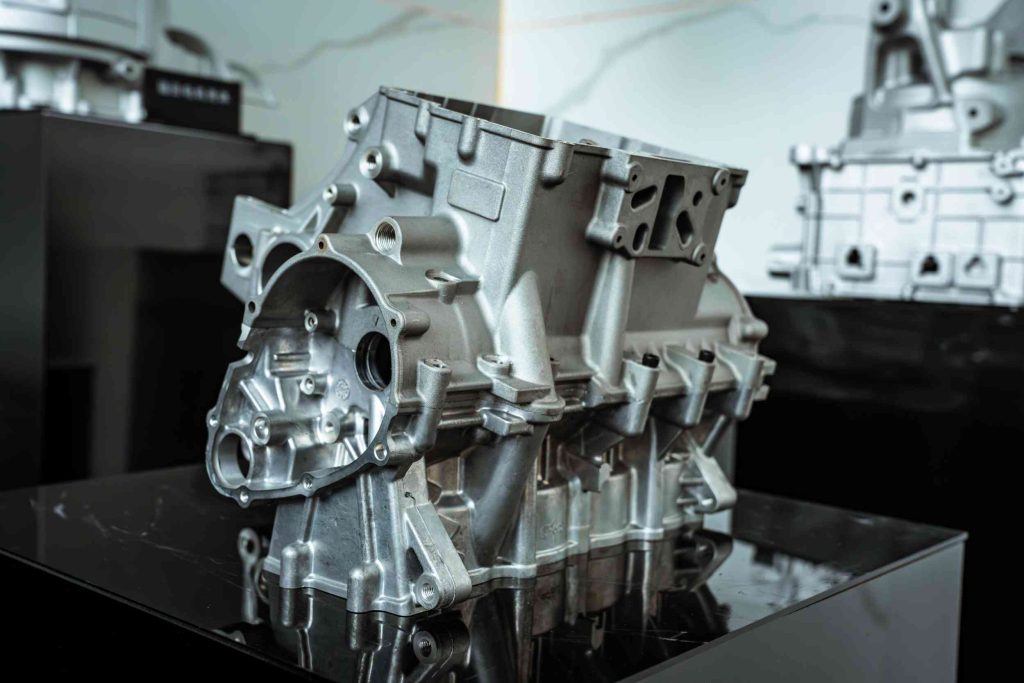
Quality and Finish
Low Pressure Casting: Produces castings with superior surface finish and dimensional accuracy, ideal for intricate designs and critical applications.
Gravity Casting: Offers a good surface finish but may require additional machining for precision components.
Production Speed
Low Pressure Casting: Efficient for large-scale production runs due to its automated nature and consistent results.
Gravity Casting: Better suited for smaller production volumes or prototypes where speed is less critical.
Whether you prioritize precision or simplicity, each method has its strengths. Gravity casting is a workhorse known for its cost-effectiveness and suitability for large parts. Its simplicity makes it a favorable choice for high-volume production where absolute precision isn’t paramount. Low-pressure casting shines when dimensional accuracy, surface finish, and intricate details are critical. While it carries a higher initial investment, the improved part quality often justifies the cost for demanding applications.
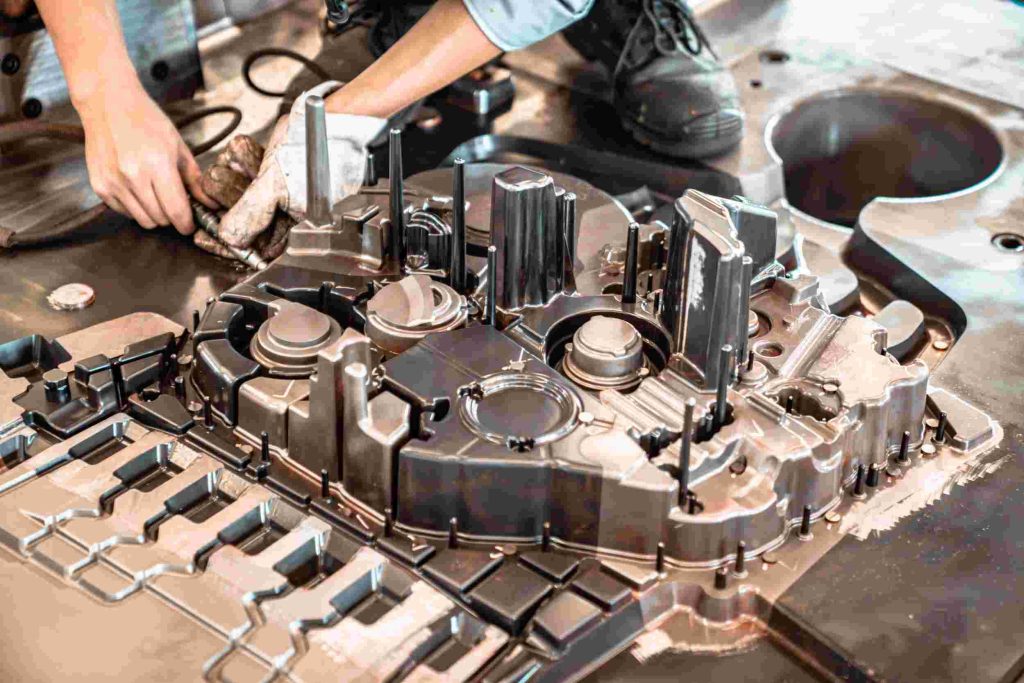
How to Choose the Right Casting Method
Selecting the appropriate casting method is crucial for optimizing cost, quality, and production efficiency. Several factors should be carefully considered:
Factors to Consider
- Budget: Assess the available budget for your project. If cost is a major constraint, gravity casting might be the better choice due to its lower initial investment.
- Design Complexity: For intricate designs with tight tolerances, low pressure casting is often the superior option.
- Production Volume: High-volume production typically benefits from the efficiency and consistency of low pressure casting, while smaller runs may justify the simplicity of gravity casting.
- Material Type: Consider the metal being used. Both methods work well with aluminum, but specific alloys may favor one technique over the other.
- Quality Requirements: If high precision and reduced porosity are critical, low pressure casting is likely the better choice.
When to Choose Low Pressure Casting
- High-volume production of components with complex geometries.
- Projects demanding superior surface finish and structural integrity.
- Industries like automotive and aerospace, where quality is paramount.
When to Choose Gravity Casting
- Small to medium production runs with simpler designs.
- Budget-conscious projects where lower costs are a priority.
- Applications that can tolerate minor imperfections or require additional machining.
Selecting the right casting method involves balancing cost, quality, and production needs. Consulting with casting parts manufacturers, industry experts or conducting trials can further refine your decision and ensure the chosen method aligns with your goals.


